Positions on Transport, Technology, Innovation
Change is the only constant...
I hope you enjoy reading this issue,
Managing Director Laurenz Trunner
and the EBE Solutions team
After 1.5 years of realisation, we were able to complete our ESTW project and start operations at the beginning of March.
Our task was to refurbish an existing electronic interlocking system of a railway siding that had reached the end of its service life. By renewing the safety-related equipment, smooth operation can continue to be guaranteed, which is where our product diaLOC (formerly ISIS-IL) comes into play. The diaLOC system is an electronic interlocking system consisting of a centrally and decentrally expandable safety-related control system (PLC in the sense of COTS) and field elements specially developed for railway applications (e.g. wheel sensors).
diaLOC’s core elements such as the route computer, the 4 control computers, power supply, local operating devices for the various control areas and axle counting devices for track vacancy detection were newly installed. The locations of the old 41 signals could be retained, but they were renewed and fitted with LED technology, and the existing 27 point machines, 7 track gates and 2 electric fixed locks were integrated into the diaLOC system without any problems. The OCS (Operation Control System) graphical user interface, which is based on ÖBB’s standardised EBO2 user interface, displays the status of the points, 24 track sections and track gates integrated into the ESTW.
From now on, not only can the 84 possible routes be set here, but other commands necessary for operation can also be entered, such as the switching of points or the setting of accessibility blocks.
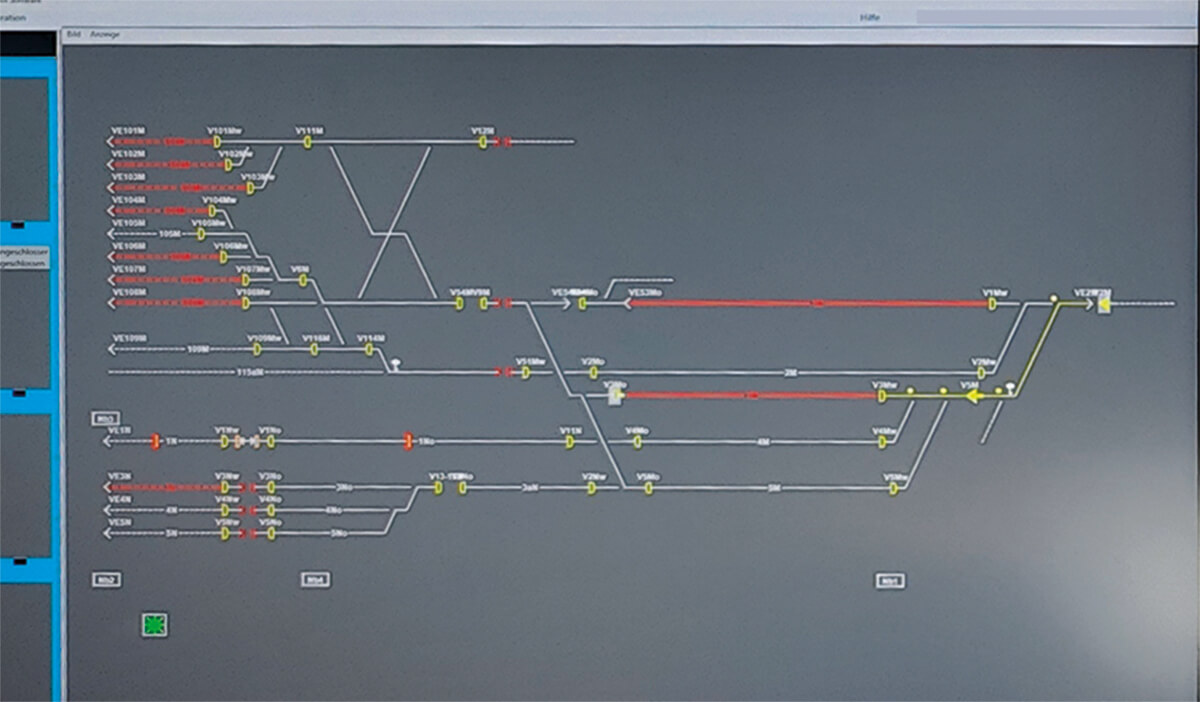
The OCS (Operation Control System) graphical user interface, which is based on ÖBB's standardised EBO2 user interface, displays the status of the switches, track sections and track gates integrated into the ESTW. Here, the shunting coordinators can not only set the 84 possible routes for shunting, but can also enter other commands necessary for operation, such as the switching of points or the setting of access blocks.
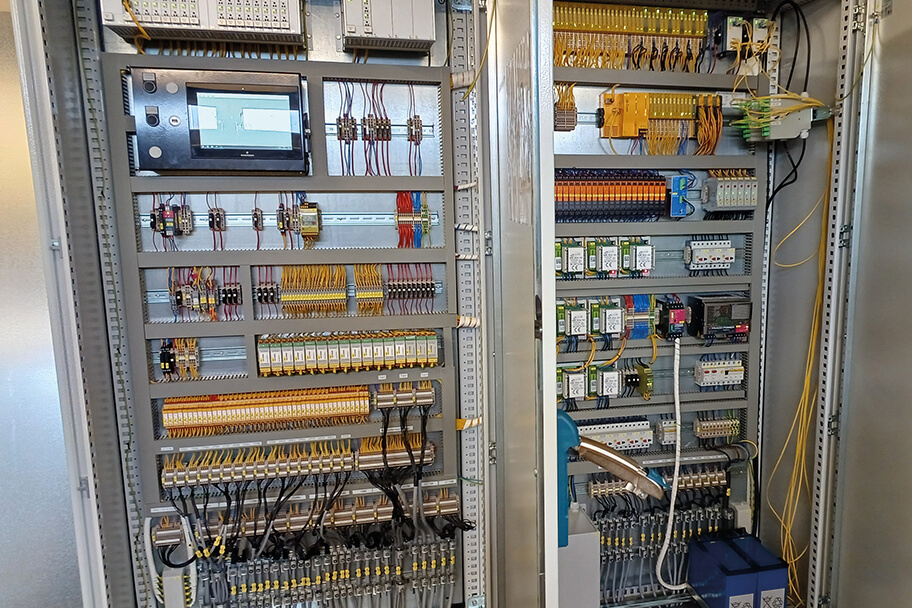
The indoor installation with route- and control computer.
at the station restaurant
In the “golden days” of rail travel, every railway station had one, some even had a few: Opulent station restaurants, often with different halls corresponding to the classes, could be found in all European cities. Today, only a few of them have been preserved in their original state, such as the legendary “Le Train Bleu” in Paris’ Gare de Lyon station, which opened in 1901.
Since opening as the Buffet de la Gare de Lyon, the elegant atmosphere of the huge dining rooms with their wood panelling, stucco work and 41 magnificent wall and ceiling paintings has captivated travellers and celebrities such as Coco Chanel, Salvador Dali and Jean Cocteau. Even today, around 500 meals are served daily. However, this is hardly a place for a quick bite to eat, as starters cost around € 35 and the Menu du Train Blue € 120.
fine dining also has a long tradition in Helsinki's Central Station, one of the most beautiful railway stations in Europe. Our cover picture shows the impressive restaurant in 1929. Today, the imposing station halls are home to a Burgerking and – newly opened in 2022 – Olivia, the offshoot of an chain of Italian restaurants in the former ticket hall.
However, apart from a few culinary institutions, railway station restaurants have increasingly fallen behind in recent decades. Large railway stations increasingly focussed on fast food concepts and food malls, and even in rural areas the often simple “buffets” became increasingly unprofitable. The blog Dokumentationszentrum-eisenbahnforschung.org lists meticulous railway station restaurants throughout Austria and illustrates their rapid decline over the last two decades. The Corona Pandemic ultimately acted as a fire accelerant and only a few are still in operation today.
But the remaining ones continue to fulfil their function as a link between rail travellers and locals. These can be stylish buildings such as the Fellner Railway Inn in Vöcklabruck, which with its 500 seats would be more likely to be found in a European metropolis. Or resourceful new uses such as the Bahnhofsbräu in Ober-Grafendorf, where anyone interested can learn the art of brewing beer. Rarely enough, there are also new openings such as the Bistro Laubenbachmühle in the Mariazell Railway operations centre, which offers regional specialities or – at least that is the hope of the innkeepers – the eagerly awaited reopening of Bangkok Station in 2024.
This opened in 2012 at Tullnerbach-Pressbaum railway station with the flair of a 1960s snack bar and authentic Thai cuisine and quickly became an insider tip. Just 11 minutes by train from Vienna, it was soon regarded as “the best Thai restaurant in the city – outside the city”. However, the restaurant had to close in 2022 as part of the redevelopment of the station and the kiosk was demolished. This year, after lengthy discussions, Bangkok Kitchen is now set to reopen in a newly constructed building opposite. Whether the charm of the old Kitchen can ever be recreated remains to be seen, however.
Change of scene: the Monica station pub at Eisenstadt railway station is not about charm. People keep to themselves here, with travellers like the author of these lines rarely straying into the restaurant. Even in the morning, the regulars meet here for a beer at the restaurant table. The Monica is a typical railway station pub, once described by radio station Ö1 as a “social alternative to the respectable bourgeois Kirchenwirt“. And perhaps that is precisely why it has its own special charm.
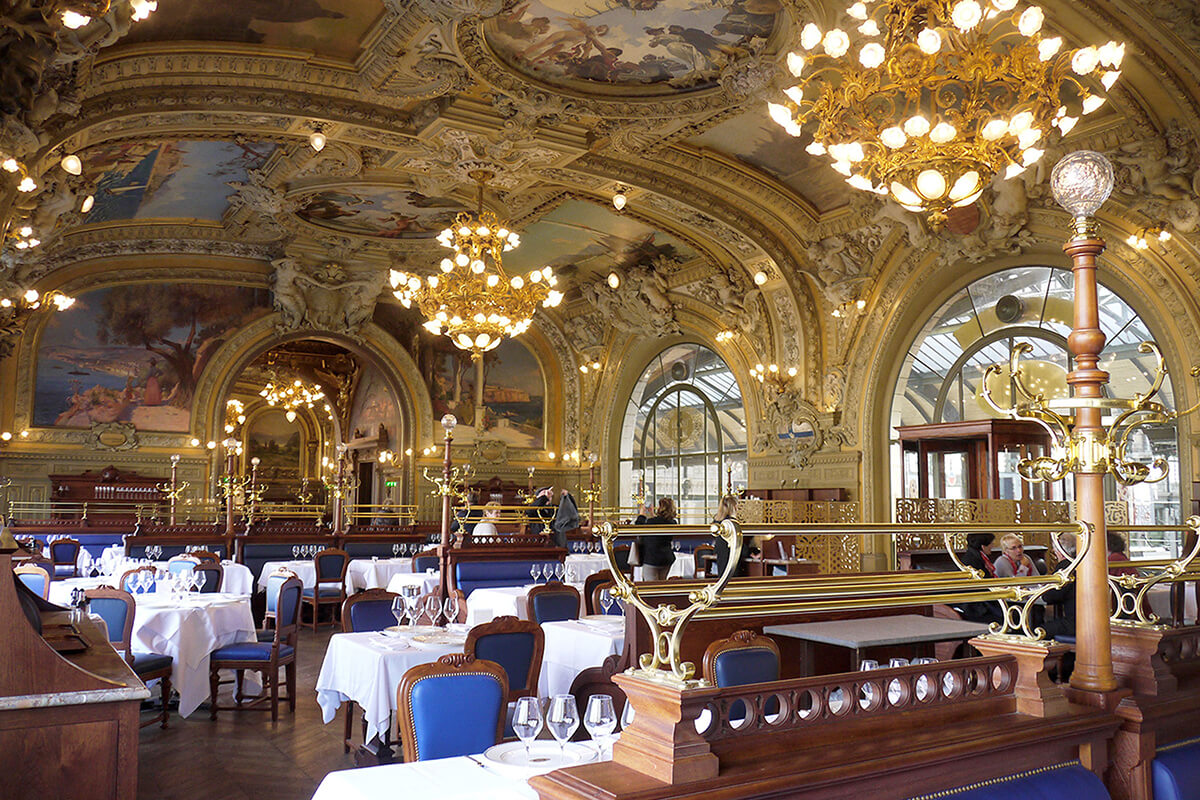
Le Train Bleu at Gare de Lyon, Paris, © KKMarais / Flickr
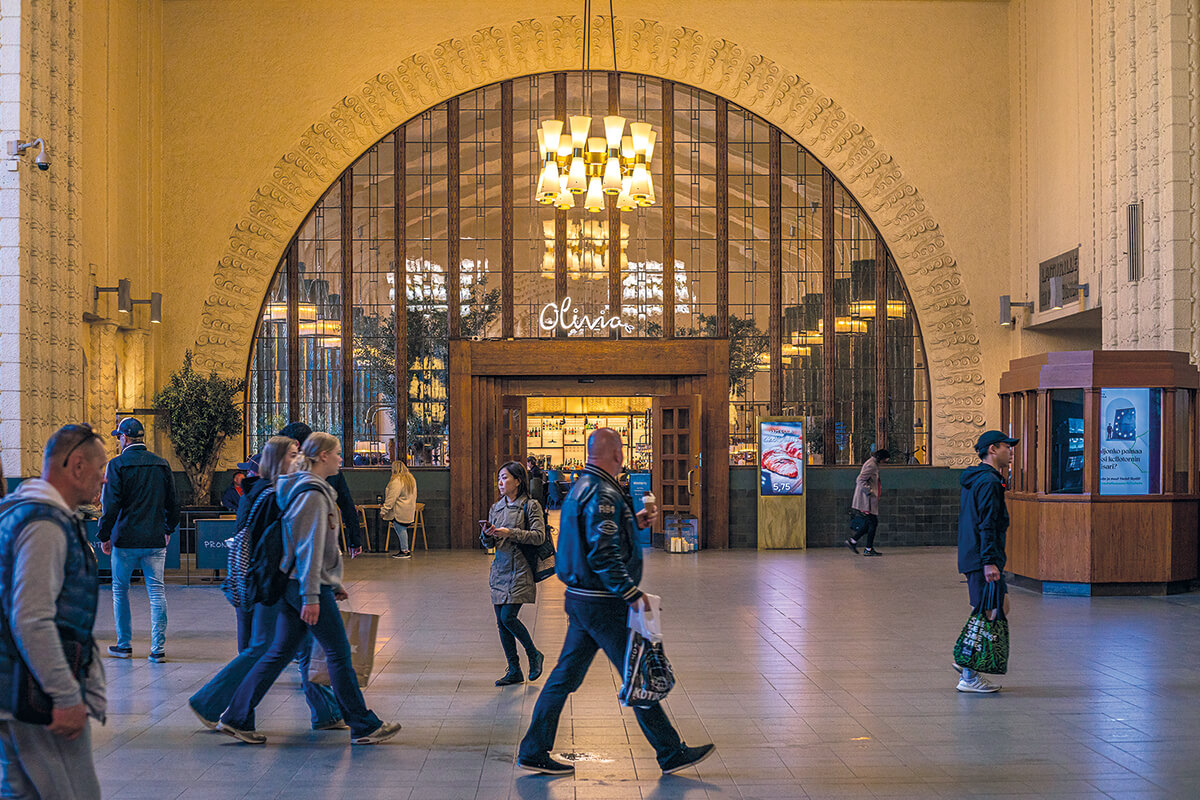
Dining in style is still popular at Helsinki’s Central Station. © Simo Räsänen / wikimedia
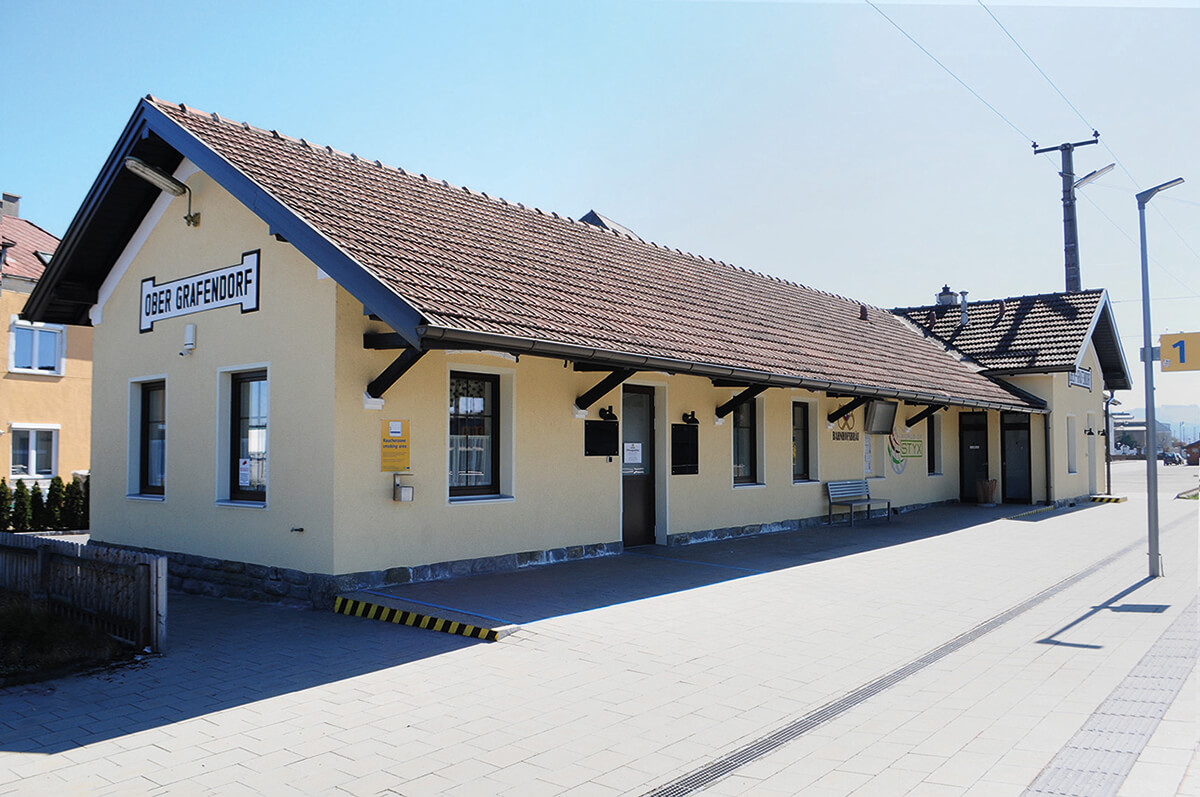
The Bahnhofsbräu in Ober-Grafendorf offers beer brewing courses. © STYX Naturcosmetic
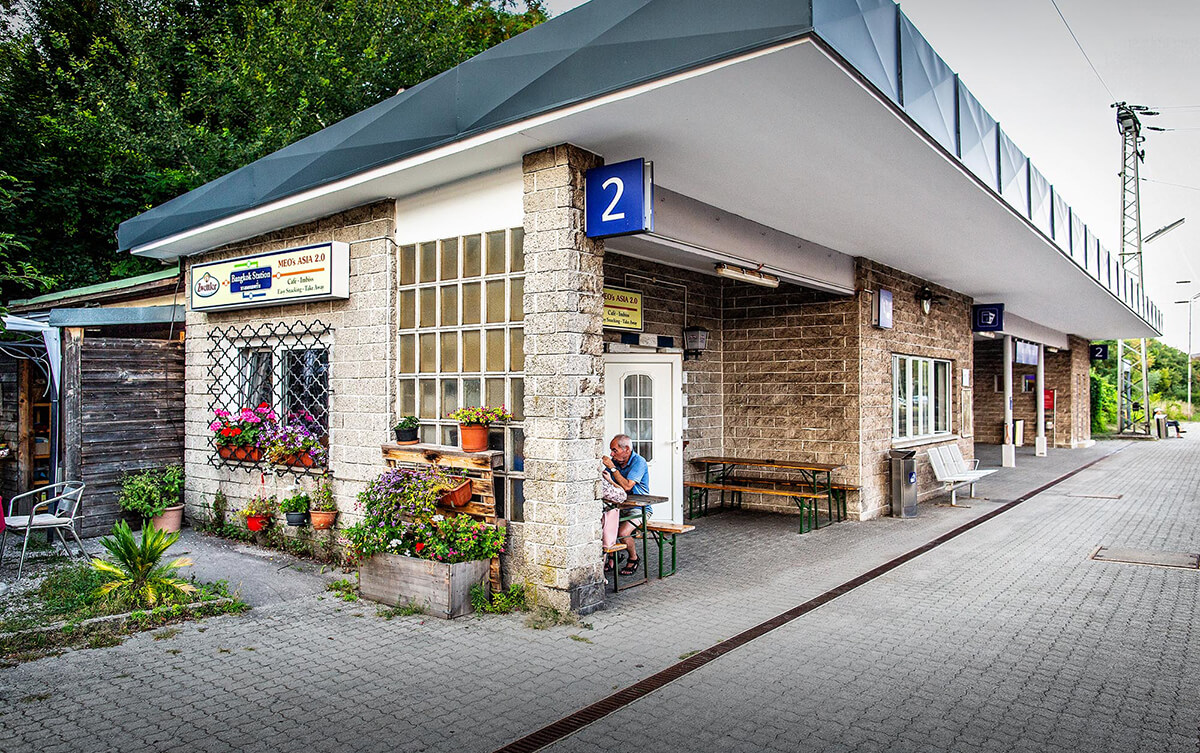
The old Bangkok Kitchen in Tullnerbach-Pressbaum, Photo: Kochgenossen.com
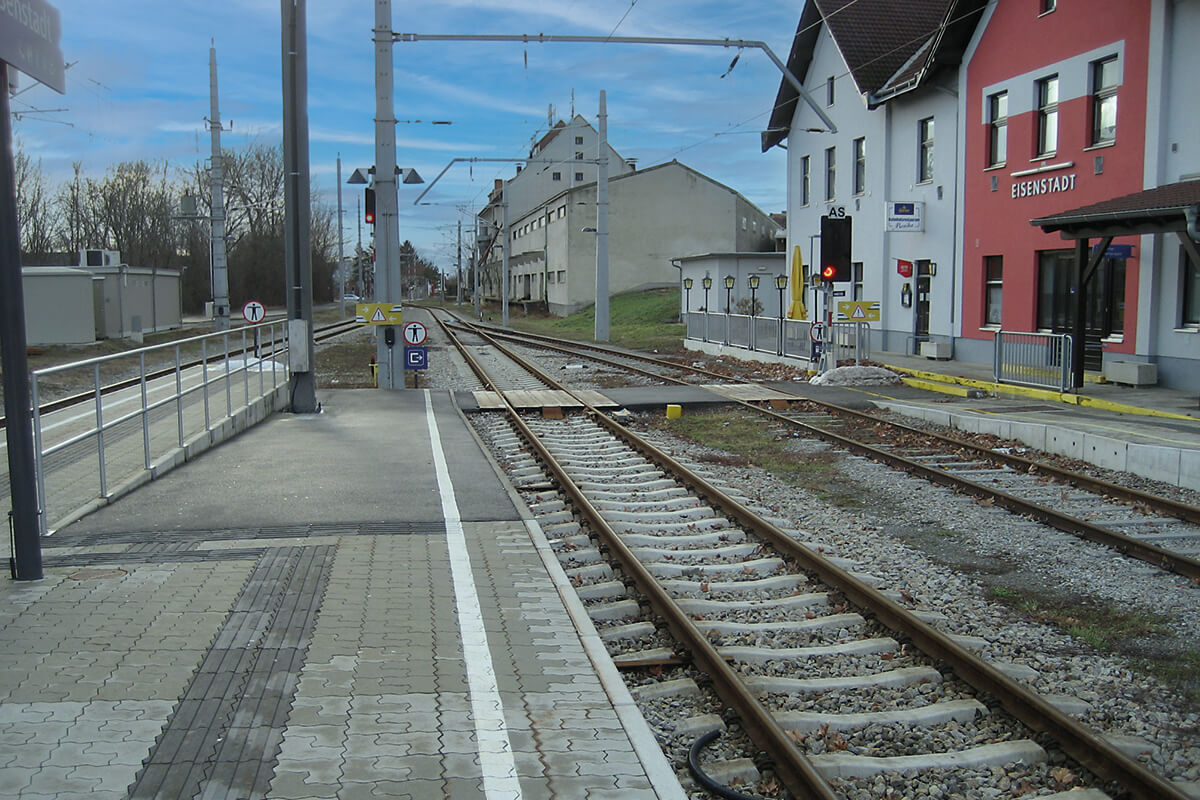
Eisenstadt railway station with station pub “Monica”, © Priwo / Wikimedia

